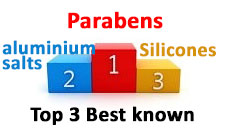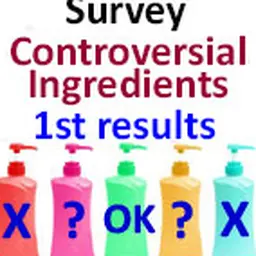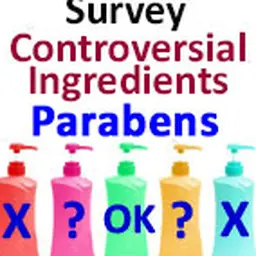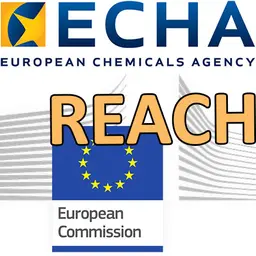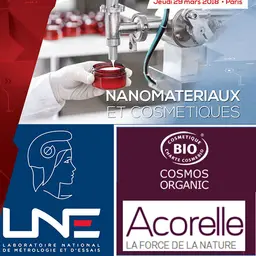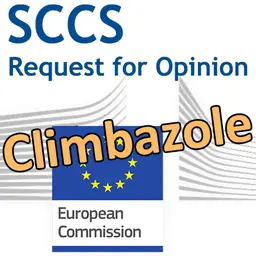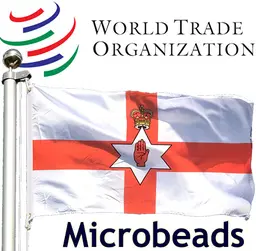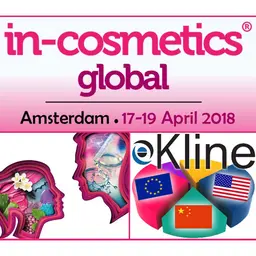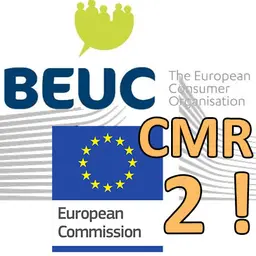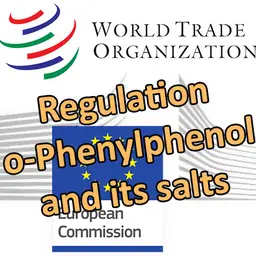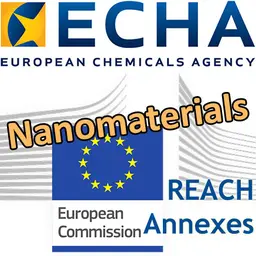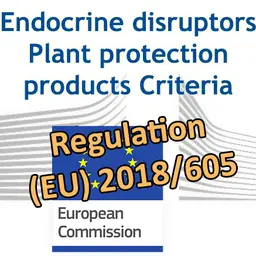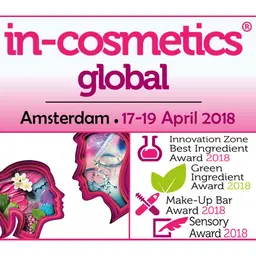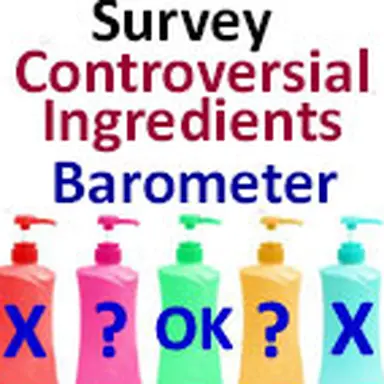
CosmeticOBS conducted a survey of its web users on controversial ingredients in June 2015*. Which ones are the most easily identified, the most controversial, the most rejected? Here is our first consumer barometer for controversial cosmetic ingredients.
The most well-known
It comes as no surprise that the controversial ingredients consumers know best are
parabens
, with a score of 98.5% of positive answers to the question ‘Have you ever heard of them?’. They have been widely covered by the media since 2005, and they are ahead of aluminium salts, which come second, with a result of 95.7%, silicones (93.9%), UV-filters (86.1%), sulphates, and mineral oils (78.5% each). It can be noted that the names of the five most well-known families of controversial ingredients are easy to remember.
They are followed by phenoxyethanol, with an identification rate of 78.3%, and formaldehyde (69%), although these are the last ones to have made the front pages and to have been warned about. Triclosan and methylisothiazolinone bring up the rear with lower rates, respectively 60.9% and 59.3%.
As for the classification of controversial ingredients about which the consumers surveyed feel they are best informed (function, toxicological profile, benefits provided, and drawbacks if they were withdrawn from formulas), parabens come 4th, with 28% of positive reactions. They are behind mineral oils (31.2%), silicones (29.2%), and sulphates (28.4%), which, like parabens, are not only used by the cosmetics industry, but are also known …

